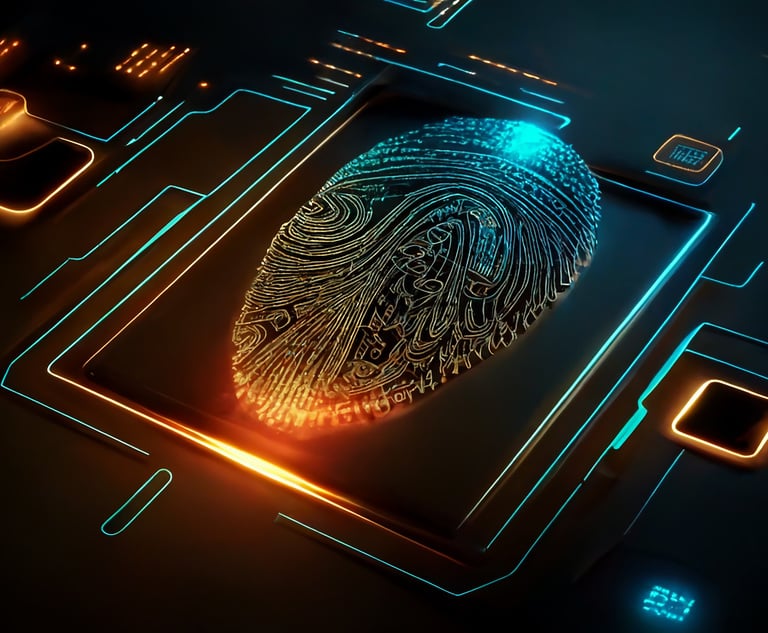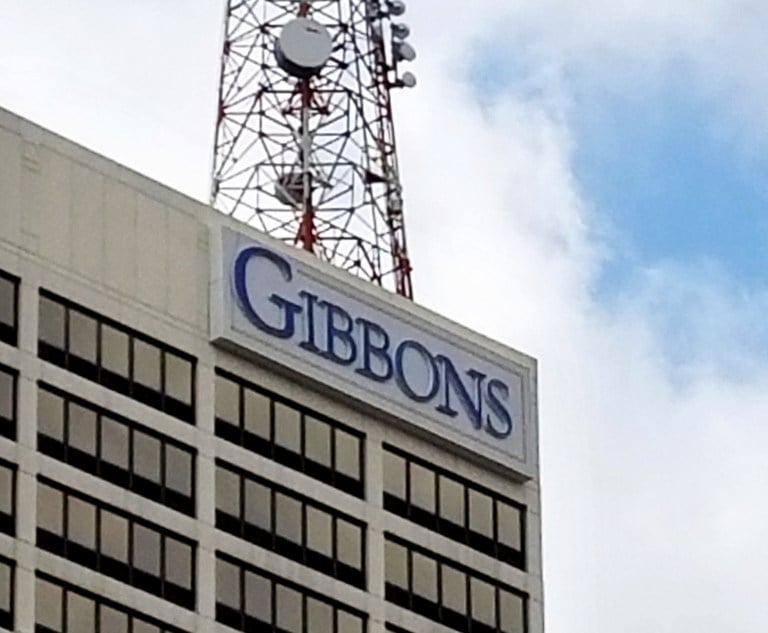In the wake of the Federal Trade Commission’s (FTC) decision to prohibit noncompetition agreements, attorneys are striving to explore ways to protect their clients’ proprietary information and intellectual property, including trade secrets, proprietary information and work product. Here’s a breakdown of the impact of the FTC’s new rule which will take effect 120 days after it is published, unless it is enjoined in whole or in part in the meantime:
- Noncompete Restrictions: The FTC’s ruling restricts employers from enforcing almost all noncompete agreements when employees transition to competing companies. This shift prompts a reevaluation of traditional strategies for protecting trade secrets.
- Some Noncompetes Will Still Be Valid: Existing noncompetes with senior executive employees earning more than $151,164 annually who are in a “policy-making” position will still be valid, but no new noncompetes can be agreed to.
- Nondisclosure Agreements Remain Valid: Former employees can still be restricted from disclosing trade secrets and confidential information including what is included in pending patents, or using copyright-protected information. While the title of an agreement does not determine whether all of the components of an agreement will be deemed unenforceable, if nonsolicitation or non-disclosure clauses are seen as disguised noncompetes, they will not be enforceable.
For years, the purpose of a noncompete has been to prevent employees viably and practically from utilizing current know-how, knowledge, plans and action items from one business at the one that wants to hire them away. When this type of agreement is no longer available to businesses, companies will need to utilize other methods to protect their livelihood, so as not to be overwhelmed by copycat companies. Fortunately, various branches of intellectual property law contain the seeds of this protection.
- What Is Protected by Copyright? Original content in an email, memo, policy paper, projection, photograph, video, translation, proposal, summation or any other tangible form of expression is protected by copyright the moment it’s fixed, meaning saved to a hard drive, the cloud, a phone or other device, or written on paper, typed with a typewriter, or captured on film or tape. However, because of a recent Supreme Court case, Fourth Estate Public Benefit v. Wall-Street.com, 139 S. Ct. 881, 203 L. Ed. 2d 147 (2019), registration with the Copyright Office must occur before a lawsuit for infringement of a protected work can be filed. Further, factual information, including names and addresses such as those in a database, or financial information, is not protectable by copyright.
- Leveraging Intellectual Property Laws: Even before the FTC rule was passed, a majority of states and the District of Columbia had some degree of limitation on non-competes—but because copyright and patent law are federal laws grounded in the Constitution, no state was able to permit, on its own, infringement of a business’s copyrights and patents by its former employees.
- The FTC Integration With Employment Contracts: Employment agreements and employee handbooks can incorporate language stipulating that the use of copyrighted materials at a new job constitutes both copyright infringement and breach of contract, and that use of trade secrets and/or confidential material constitutes trade secret infringement and breach of contract. This dual approach strengthens legal recourse against departing employees.
- Individual Liability: Businesses have historically pursued copyright infringement claims against rival companies hiring away employees. Claims can also be made against individual employees who unlawfully transfer protected works, such as emails, reports, or proprietary software.
- Challenges in Copyright Enforcement: If a business does not want to register a work with the copyright office, they cannot sue for copyright infringement. There are provisions for registration of unpublished works, as well as works that include trade secrets such as computer code, which can include internally-utilized intranets that are not accessible to those outside a business.
- Contractual Solutions: Employers can proactively mitigate risks by incorporating language into agreements that set forth penalties if former employees infringe on a company’s copyrights. This contractual provision strengthens legal recourse against employees who violate copyright law, without requiring registration of the works in question. Since an employment contract can set forth elements of a breach of contract that occur when a work protectable by copyright is infringed a suit against the former employee would be for breach of contract, not for copyright infringement per se.
- Copyright Management Information Removal: The Digital Millennium Copyright Act also promotes and protects the integrity of copyright management information, including the name of the owner of the work. Diamondback Industries v. Repeat Precision, 2019 WL 5842756 (N.D.Tex., Nov. 7, 2019) explained that registration is not necessary where the action is grounded in removal of copyright management information, so if this precedent is accepted outside of Texas, companies will be able to manifest a cause of action for CMI removal by former employees who take protected works to a new job or use them in creating a new business, if they remove copyright management information such as the name of the owner of the work. Attorney fees, injunctive relief and statutory damages are available if a defendant is found liable for copyright management information removal.
- Preemption Considerations: Recent legal precedent highlights distinctions in preemption issues concerning the Copyright Act and private contracts. Businesses can strategically craft agreements to align with state laws and contractual obligations, enhancing legal standing in copyright disputes.
- Florida and Fiduciary Duties: An employee of a Florida company has fiduciary duties of good faith and loyalty to the company they work for, and these continue after the employment term is over. Because of this, while employees can use the concepts that they’ve learned at one business later in their career, they cannot disclose proprietary information, or confidential data to a new employer, nor can they take copyright-protected works from one job to the next without the prior employer’s consent.
- Building Something: Companies should take pro-active steps to mark internal documents with designations of confidentiality and trade secret status where appropriate, and should append copyright notices on all works, including email, memos, manuals and handbooks, and other internally-distributed content. Then, in the event a former employee uses these works to the benefit of another company, a cause of action for removal of copyright management information can be included within a lawsuit.








